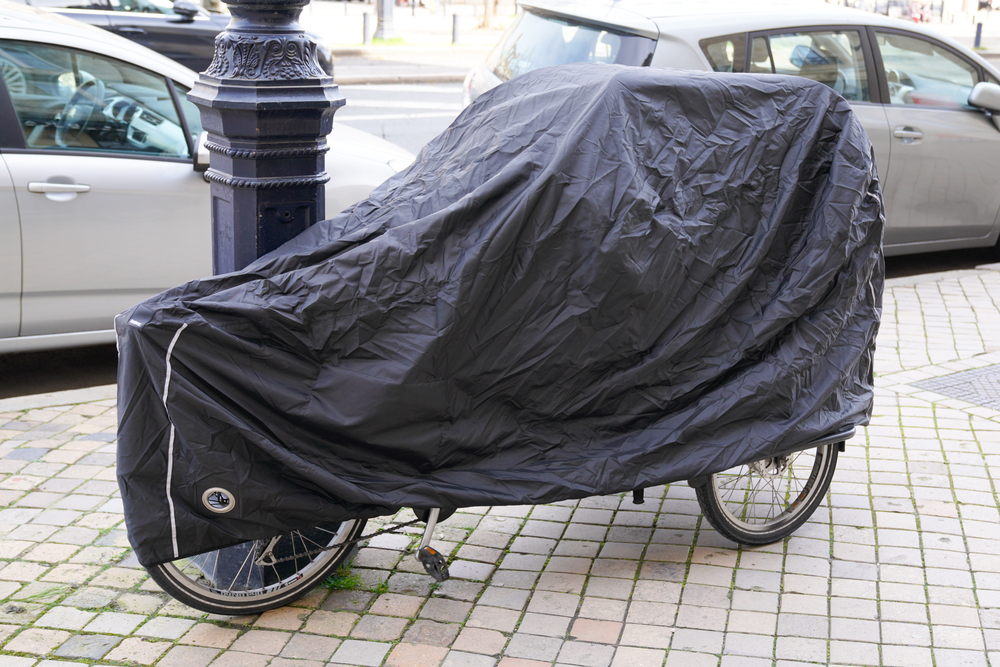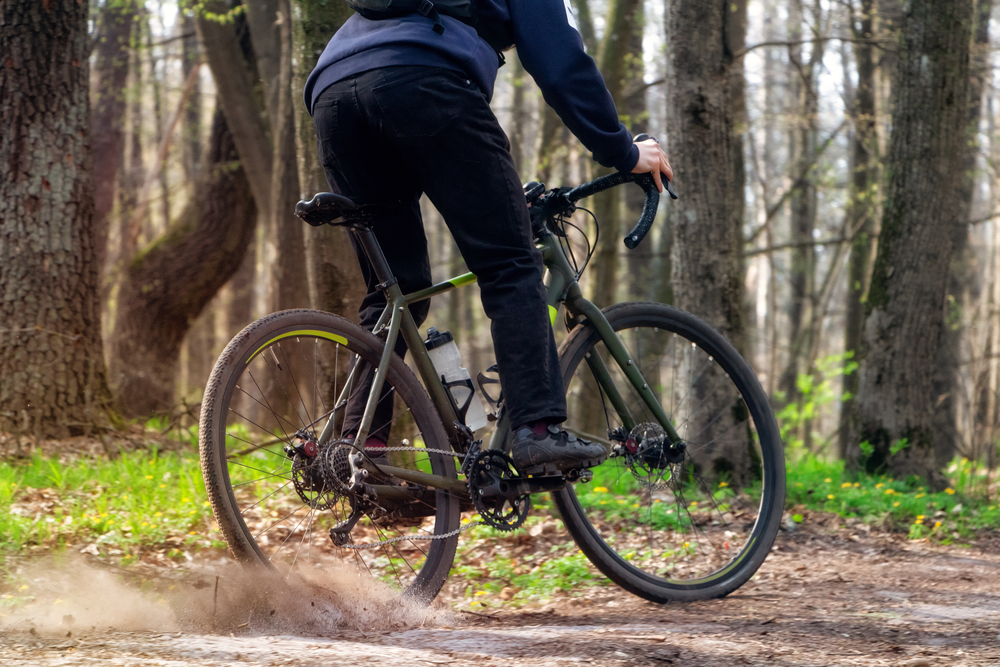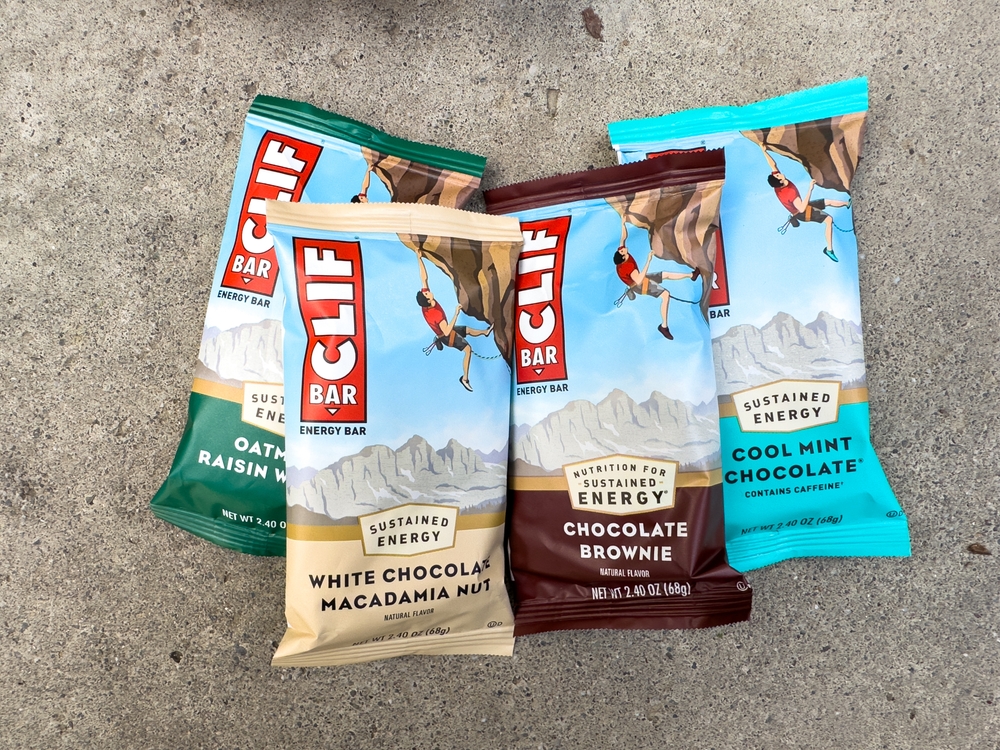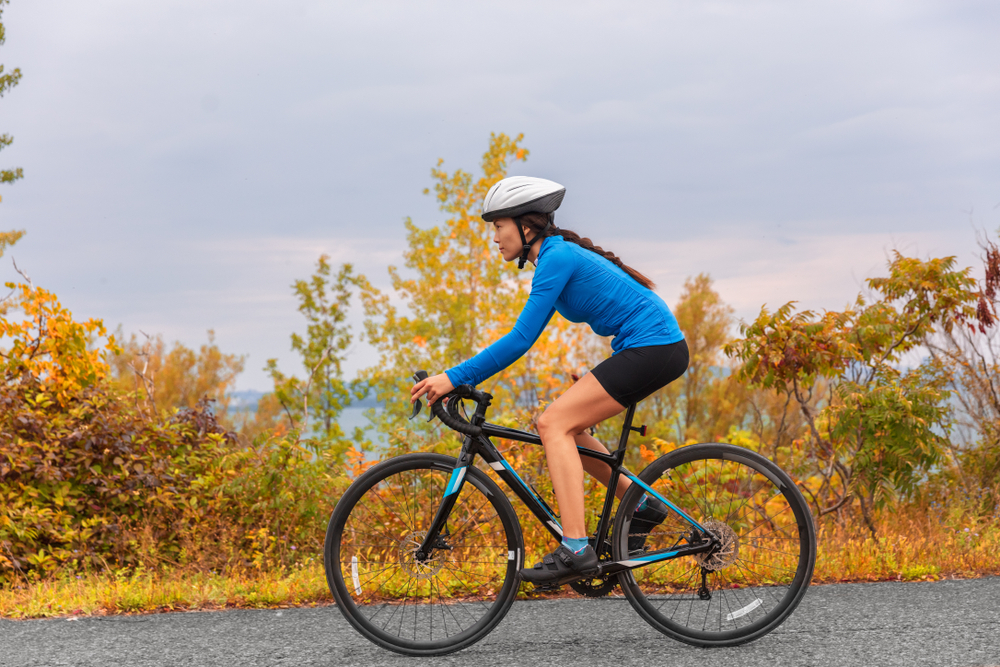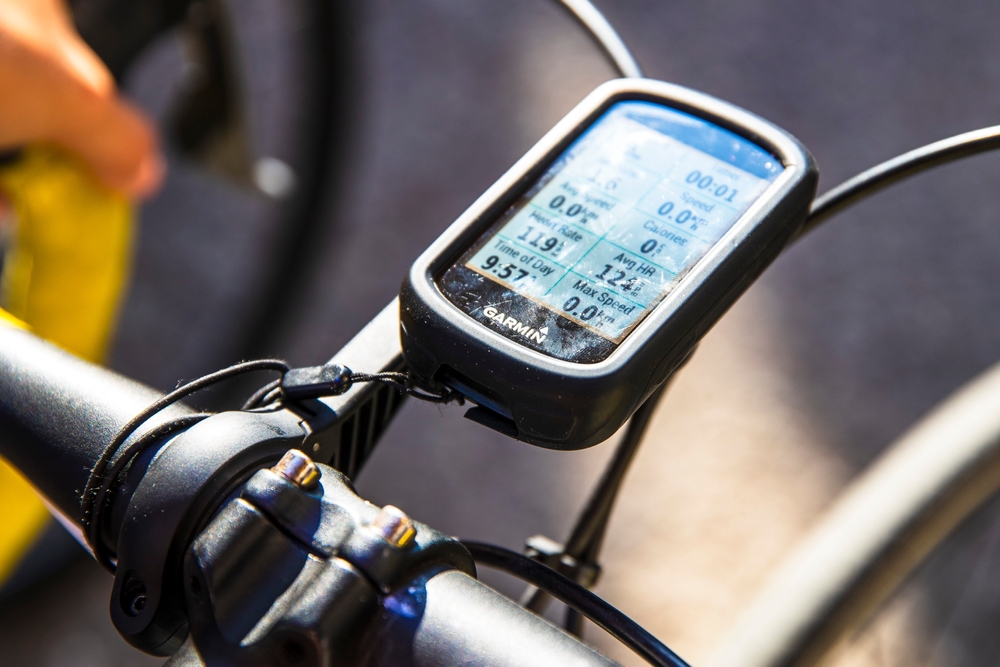Best Mountain Bike Tires
Choosing the right mountain bike tires can significantly enhance your riding experience. The ideal tire improves control, speed, and comfort. Knowing what to look for involves understanding different tire types and their specific benefits.
Tubed vs Tubeless Tires
Mountain bike tires come in two main types: tubed and tubeless. Tubed tires are the traditional type and are easier to set up. They use an inner tube to hold air. This makes them easier to repair with a simple patch kit. However, they can be more prone to punctures.
Tubeless tires eliminate the inner tube and create a seal between the tire and the rim. This setup can provide better traction by allowing lower air pressures. Tubeless setups are generally more puncture-resistant. They may be more complicated to install, often requiring sealant to ensure an airtight fit.
Types of Tread Patterns
Tread patterns affect traction and speed. Different terrains require specific tread designs to optimize performance.
Knobby Treads
Knobby treads possess raised knobs or lugs. They offer exceptional grip on loose or muddy trails. Perfect for aggressive trail riding and challenging conditions.
Slick Treads
Slick treads have minimal tread and are nearly smooth. They excel on hard-packed trails and provide faster rolling speeds. Best for cross-country riders focusing on speed over rough trails.
Semi-Slick Treads
Semi-slick tires combine slick centers with knobby edges. This offers a balanced performance. They provide low rolling resistance on straight paths and grip in corners or rough sections.
Tire Width
Mountain bike tires vary in width. Generally, wider tires offer more traction and stability. Narrower tires roll faster but may provide less control and comfort on rough terrain.
Common widths range from 1.9 to 5. Cross-country riders usually opt for 1.9 to 2.3 tires. For trail riding, 2.3 to 2.6 is common. Wider tires, 2.6 to 5, are typically used for downhill riding and fat biking.
Tire Pressure
Maintaining the correct tire pressure is crucial. Low pressures improve traction and comfort but increase rolling resistance. High pressures roll faster but may reduce grip and make for a harsher ride.
- Cross-country riding: 25-35 psi
- Trail riding: 20-28 psi
- Downhill riding: 15-25 psi
These ranges vary depending on rider weight and terrain. Tubeless setups often allow for lower pressures without risking pinch flats.
Wheel Size Compatibility
Ensure your tires match your wheel size. Common mountain bike wheel sizes are 26, 27.5, and 29. Each size has different handling characteristics.
26-inch Wheels
26-inch wheels are the traditional standard. They are nimble and provide quick acceleration. However, they’re less common on modern bikes.
27.5-inch Wheels
27.5-inch wheels offer a balance. They roll faster than 26-inch wheels and are more agile than 29-inch wheels. Suitable for a wide range of riding styles.
29-inch Wheels
29-inch wheels provide excellent rollover capabilities. Great for maintaining speed on rough terrain. They may be less maneuverable in tight turns or technical sections.
Compound
Tire compound affects durability and grip. Softer compounds provide better traction but wear faster. Harder compounds last longer but may offer less grip.
Many tires use multi-compound construction. This combines different compounds in one tire to balance durability and grip. Tires with softer side knobs and a harder center tread are a common example.
Popular Tire Models
Several tire models stand out for their performance and reliability. Here are a few widely respected options.
Maxxis Minion DHF
The Maxxis Minion DHF is renowned for its grip and control. Ideal for aggressive trail riding and downhill. The directional tread design ensures precision and confidence in corners.
Schwalbe Nobby Nic
The Schwalbe Nobby Nic is versatile and reliable. Suitable for diverse terrain and conditions. Known for its balance of grip, weight, and rolling resistance.
Continental Mountain King
The Continental Mountain King excels in wet and muddy conditions. Its aggressive tread design provides excellent traction. It’s a good option for trail and all-mountain riding.
WTB Vigilante
The WTB Vigilante offers consistent performance in various conditions. Highly regarded for downhill and enduro. Features a robust build and aggressive tread pattern.
Tread and Sidewall Reinforcement
Many high-performance tires feature additional reinforcement. This can reduce damage from rocks and roots.
Tread reinforcement typically involves a tougher rubber compound. This improves puncture resistance while retaining grip. Sidewall reinforcement helps prevent cuts and abrasions. Many manufacturers use materials like Kevlar for added protection.
Weather Conditions
Weather plays a significant role in tire performance. Wet and muddy conditions benefit from tires with wide spacing between lugs. This helps shed mud quickly. Dry and loose conditions require tires with smaller, closely packed knobs for optimal grip. Adapt your choice based on expected weather.
Bike Type and Riding Style
Match your tires to your bike type and riding style. Cross-country bikes benefit from lighter, narrower tires. Trail and all-mountain bikes work best with wider, more aggressive tires. Downhill and enduro bikes require robust tires with advanced tread patterns for extreme conditions.
Maintenance
Regular maintenance extends tire life. Inspect for wear and tear after each ride. Remove debris lodged in the tread. Check for cuts or punctures. Maintain proper tire pressure. Rotate tires periodically. This ensures even wear and consistent performance.

